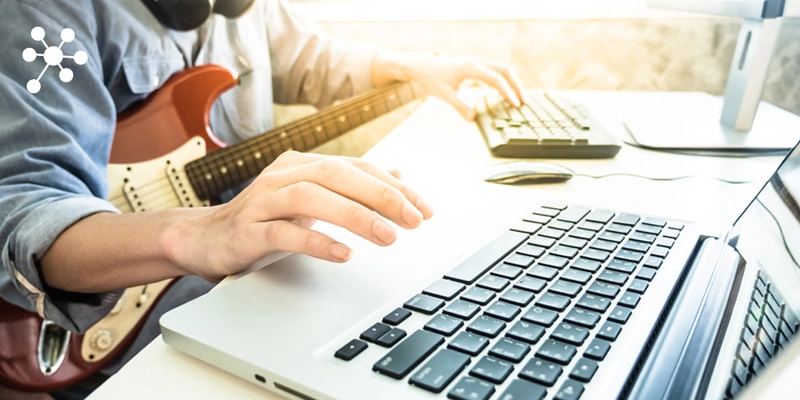
Becoming a recording artist is much easier than you might think with this awesome audio tech
Regardless of whether you're a passionate amateur muso or you just want to create a podcast that doesn't sound like it was made on your phone, we've got exactly what you need for pro-level recording.
Gone are the days when you had to fork out thousands to book time in a recording studio, or pay huge amounts for complicated software. These days, that enormous recording console can be replaced with a computer (or even a smartphone!) running a digital audio workstation (DAW), many of which are free or cost only a few dollars for personal use.
But to connect your instruments or microphone to a computer, tablet or smartphone, you're going to need some specialised hardware. If you're working with a mono 6.5mm instrument cable, such as from a guitar or out of your pedal board, a guitar link will provide you with 3.5mm headphone output for easy monitoring. Record acoustic instruments ranging from guitars and ukes to percussion using a dynamic mic, mounted on a boom stand to let you easily direct it wherever it's needed.
To work with virtual instruments on your computer using a MIDI controller keyboard, you'll need a USB-MIDI interface. If spinning vinyl is more your thing, consider a three-channel mixer which lets you connect phono-level decks as well as line-level input. For recording vocals, you can't beat a quality condenser microphone that plugs straight into a USB port.
And for listening in on, or monitoring, what's being recorded, you're going to need a good pair of headphones. A closed-back pair is the better option if you're recording with a microphone, because the mic will catch less 'leaked' sound of the backing track you're listening to.
Once you've got your gear set up, all you need is to download a DAW such as Tracktion 7, Soundbridge, n-Track for iOS and Android, or one of the many other free or inexpensive options available.
Click here to learn all about microphones.

